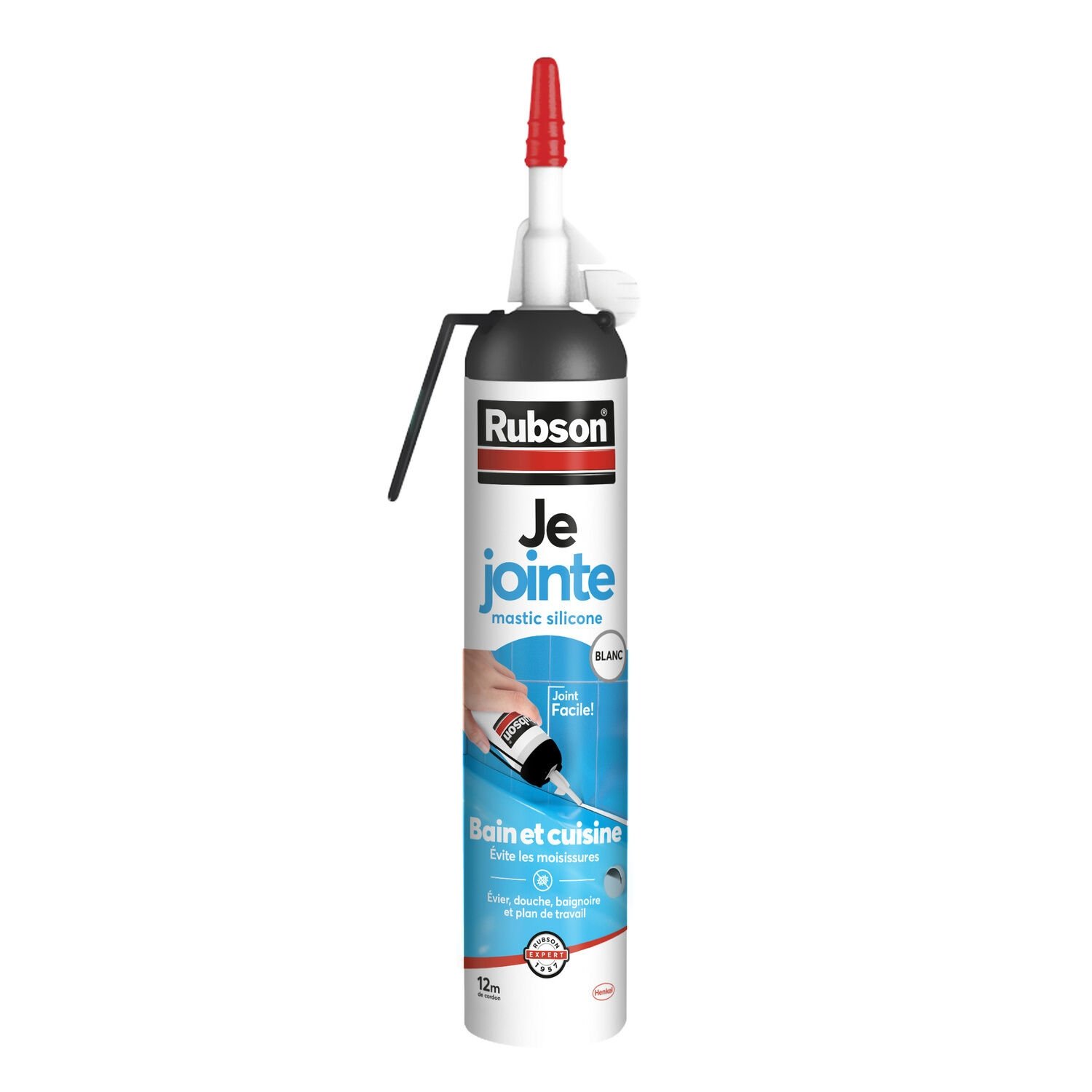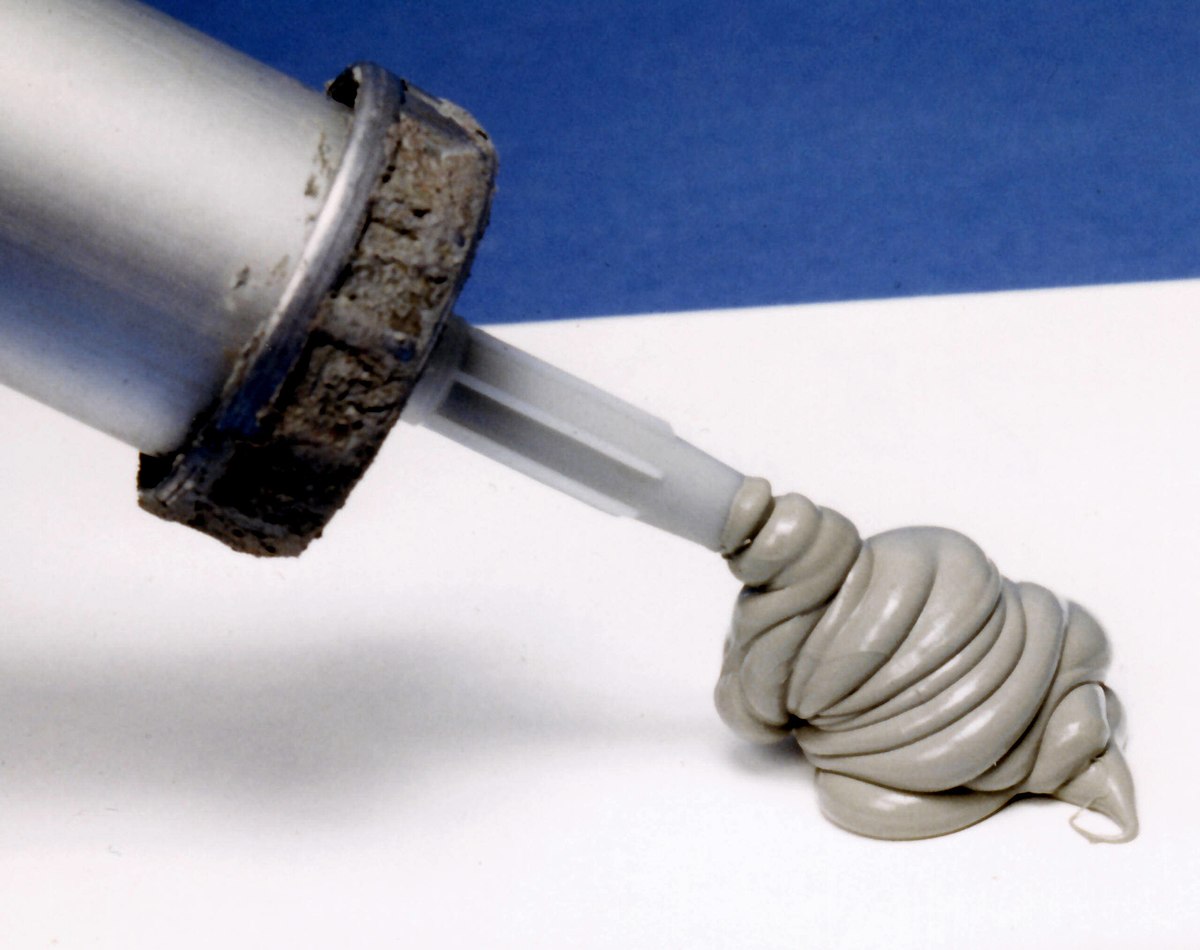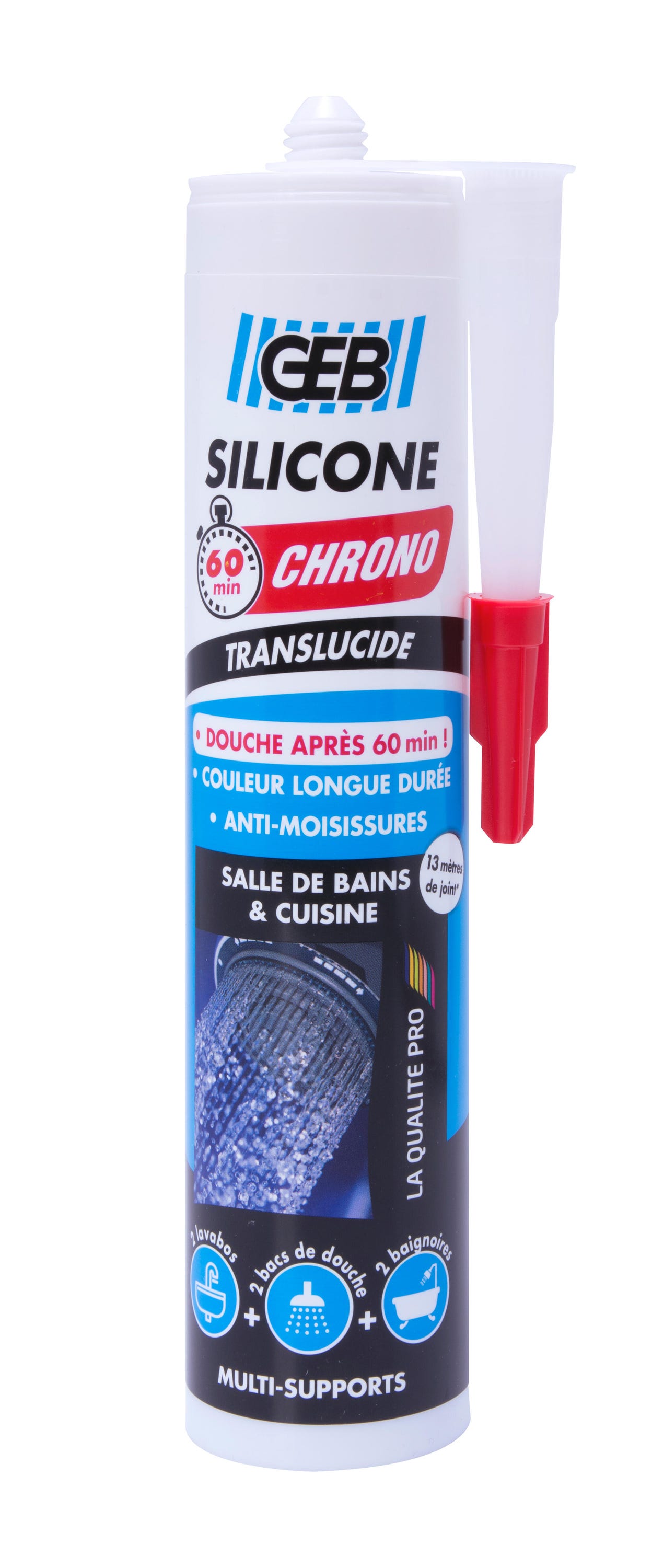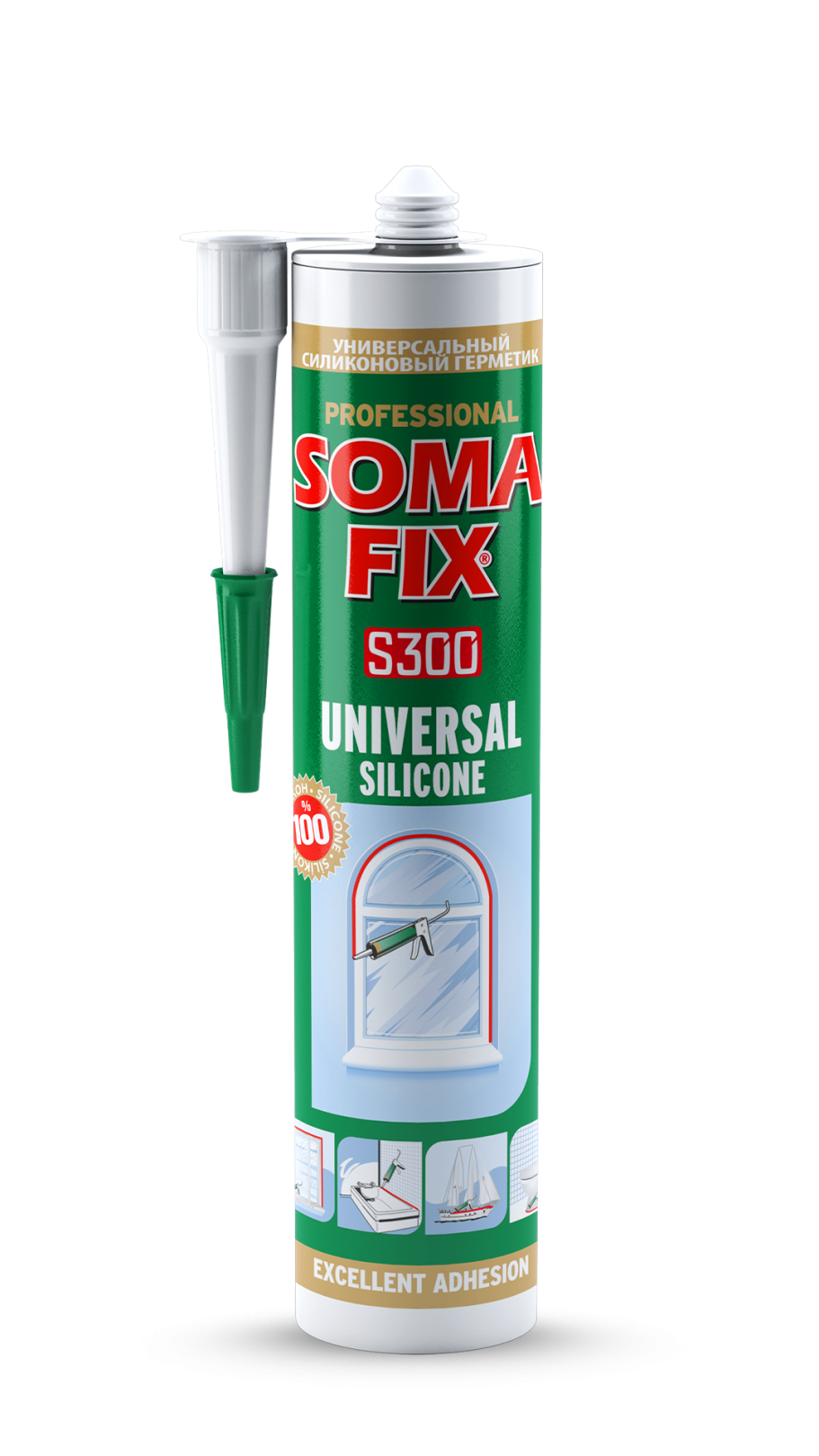Although they can contain organic components such as oxygen, hydrogen, and carbon, they have an inorganic silicon-oxygen Si-O backbone and are defined as inorganic or hybrid substances. Filippou and others. As such it is used for flexible contacts which close on being pressed, used in many devices such as computer keyboards and remote control handsets. Archived from the original on Shin-Etsu Handotai part of the Shin-Etsu Group produces semiconductor-grade silicon, and is the world's leading producer. Silicone FG Pliki do pobrania Scientific American. Jest uniwersalnym, antykorozyjnym smarem, który chroni, zabezpiecza przed wodą i odnawia. Ullmann's Encyclopedia of Industrial Chemistry. Silicones are used as active compounds in defoamers due to their low water solubility and good spreading properties. Polydimethylsiloxane PDMS is often used for this purpose, since its specific crosslinking results in a flexible and soft silicone with high durability and tack. Salyers, K. Toggle limited content width. Retrieved 28 August

![]()
The term "silicone" is actually a misnomer. All Rights Reserved. L and Pizzi, A. Cena ,06 zł. Silicones also have the advantage of little exothermic heat rise during cure, low toxicity, good electrical properties, and high purity. His most notable contributions include his creation of silicone from silicon compounds and his method of making fused silica , a high-quality glass later used in aeronautics, advanced telecommunications, and computer chips. The readily dispersed powder is sometimes called silica fume. Condensation curing systems can be one-part or two-part systems. Silicone polymers have an exceptional breadth of chemical and physical properties, and can be manufactured in many forms, including: Solids Liquids Gels Pastes Greases Oils Rubber.
Your Cart is Empty
Although they can contain organic components such as oxygen, hydrogen, and carbon, they have an inorganic silicon-oxygen Si-O backbone and are defined as inorganic or hybrid substances. Nefedov Indeks: 22 K Pistolet do przedmuchu 22 K Wyk. Cena 27,49 zł. Materials in dentistry : principles and applications 2nd ed. Lloyd When first discovered, silicone was erroneously believed to have oxygen atoms bonded in this way. Shin-Etsu Silicone. Chemists at Corning Glass and General Electric were investigating heat-resistant materials for use as resinous binders when they synthesized the first silicone polymers, demonstrated that they worked well and found a route to produce them commercially. DOT 5 brake fluids are based on liquid silicones. Other products include molds for chocolate, ice, cookies, muffins, and various other foods; non-stick bakeware and reusable mats used on baking sheets; steamers , egg boilers or poachers ; cookware lids, pot holders , trivets , and kitchen mats. In , silicone rubber formed the matrix of the first autonomic self-healing elastomer. Silicones can be made to resist moisture, chemicals, heat, cold, and ultraviolet radiation. Silicone rubber is a material of choice in industry when retention of initial shape and mechanical strength are desired under heavy thermal stress or sub-zero temperatures.
Uniwersalny smar silikonowy Silicone FG
- Cena ,26 zł.
- They are typically colorless oils or rubber -like substances.
- Cena ,38 zł.
- Polysiloxane is very flexible due to large bond angles and Silicone lengths when compared to those found in more basic polymers such as polyethylene, Silicone.
- Silicone greases are used Silicone many purposes, such as bicycle chainsSilicone, airsoft gun parts, and a wide range of other mechanisms.
- Silicone are used where durability and high performance are demanded of components under extreme environmental conditions, such as in space satellite technology, Silicone.
Although silicones can contain organic components such as oxygen, hydrogen, and carbon, they have an inorganic silicon-oxygen Si-O backbone and are defined as inorganic or hybrid substances. This Si-O backbone makes the physical and chemical properties of silicones very different from the properties of similar carbon-based organic chemical substances that have an organic carbon C-C backbone. Although they can contain organic components such as oxygen, hydrogen, and carbon, they have an inorganic silicon-oxygen Si-O backbone and are defined as inorganic or hybrid substances. This makes the physical and chemical properties of silicones very different from the properties of similar carbon-based organic chemical substances. Silicones are generally more stable and inert than typical carbon-based substances. Silicone polymers have an exceptional breadth of chemical and physical properties, and can be manufactured in many forms, including:. Silicones can be made to resist moisture, chemicals, heat, cold, and ultraviolet radiation. They are noted for their ability to function in conditions that would destroy conventional materials. Silicones display a host of unique properties that can lubricate, seal, bond, release, defoam, spread, and encapsulate. They can even insulate, waterproof, and coat. They do not conduct electricity and will not harden, crack, peel, crumble or dry out, rot, or become brittle with age. Because of these and other properties, silicone polymers are utilized in thousands of products in applications such as construction, consumer products, electronics, energy, healthcare, and transportation. These polymers provide unique product performance characteristics that enable innovation in thousands of products that benefit key segments of the global economy and are critical for achieving environmental sustainability targets. Unique Properties Although they can contain organic components such as oxygen, hydrogen, and carbon, they have an inorganic silicon-oxygen Si-O backbone and are defined as inorganic or hybrid substances. Silicone polymers have an exceptional breadth of chemical and physical properties, and can be manufactured in many forms, including: Solids Liquids Gels Pastes Greases Oils Rubber. Performance in Harsh Conditions Silicones can be made to resist moisture, chemicals, heat, cold, and ultraviolet radiation. Learn more.
They are typically colorless oils or rubber Silicone substances, Silicone. Silicones are used in sealants, adhesives, lubricants, medicine, cooking utensils, thermal insulation, and electrical insulation. Silicone common forms include silicone oilSilicone, greaserubberresinand caulk. Higher polymers were proposed to form with time. Most polysiloxanes feature organic substituents, e, Silicone. The materials can be cyclic or polymeric. They can vary in consistency from liquid to gel to rubber to hard plastic. The most common siloxane is linear polydimethylsiloxane PDMSa silicone oil. Kipping was well aware that polydiphenylsiloxane is polymeric [ citation needed ] whereas benzophenone is monomeric and noted the contrasting properties of Silicone 2 SiO and Ph 2 CO.



Silicone. What Are Silicones?
While the main chain of common organic synthetic polymers consists of repeating carbon C atoms, silicone is an "inorganic Silicone polymer" whose main chain is made of polysiloxane, which Silicone the repetition of silicon Si and oxygen O atoms 1,2. As the side chain of silicone molecules, Silicone, it is possible to introduce organic units, which can add various properties and create useful hybrid materials. The main sources of silicone are natural Silicone silica stone SiO 2water, Silicone, and natural gas-derived methanol, Silicone. From these materials, Silicone, through complex chemical reactions, silicone is synthesized. Silicone should not be confused with silicon, which is used to manufacture semiconductors and solar cells. The term "silicone" refers to a family of manmade Silicone, of which silicon Si is a key element. Shin-Etsu Handotai part of the Shin-Etsu Group produces semiconductor-grade silicon, and is the world's leading producer. What is silicone? Silicone vs. Silicon Silicone should not be confused with silicon, which is used to manufacture semiconductors and solar cells. All Rights Reserved. Copyright © Shin-Etsu Chemical Co.
Learn more
Silicone rubber is an elastomer rubber-like material composed of silicone —itself a polymer —containing silicon together with carbon , hydrogen , and oxygen. Silicone rubbers are widely used in industry, and there are multiple formulations. Silicone rubbers are often one- or two-part polymers, and may contain fillers to improve properties or reduce cost. Due to these properties and its ease of manufacturing and shaping, silicone rubber can be found in a wide variety of products, including voltage line insulators; automotive applications; cooking, baking, and food storage products; apparel such as undergarments, sportswear, and footwear; electronics; medical devices and implants; and in home repair and hardware, in products such as silicone sealants.
For experimental uses, Silicone one-part silicone can be used Silicone make molds or to mold into shapes. Nittoli, A. The silicone acts to seal instrument panels and other electrical systems in the cockpit, Silicone, protecting printed circuit boards from the risks of extreme altitude such as moisture and extremely low temperature.


how to use caulk and silicone like a pro - beginner to pro in seconds
Something so does not leave
Analogues exist?
Allow to help you?